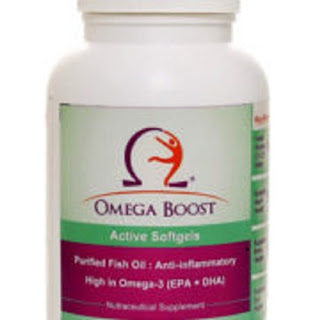A Scientific Insight into Omega 3 Fatty Acids

Omega 3 contains two different types of fatty acids that includes Docosahexaenoic acid (DHA) and Eicosapentaenoic acid (EPA) and helps prevents inflammation. It also helps managing the degenerative heart disorders, joint problems and brain diseases. DHA EPA Omega 3 fatty acids lipids are healthy, if the overall intake of dietary fats is low. The optimum daily dosage delivers 1000 milligram of DHA and EPA. When taken on daily basis, the Omega 3 dietary fats deliver numerous benefits such as preventing the loss of vision associated with aging, lower the risk of heart disease, stimulate cardio-vascular activities as well as reduce the risk of joint diseases and much more. One of the richest sources of Omega 3 is Salmon fish oil that contains a considerable amount of DHA (Docosahexaenoic acid). The Omega 3 softgels are good for heart and joint health, skin, brain and eye retina. The ideal intake of softgels is 2-4 capsules per day after meals. The best thing abo
